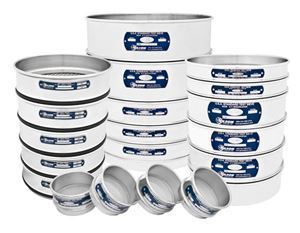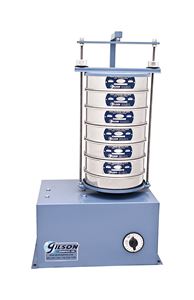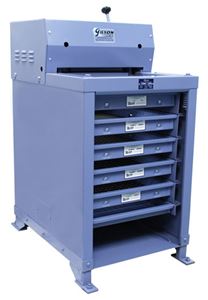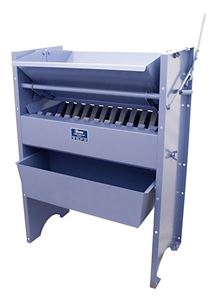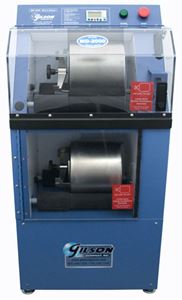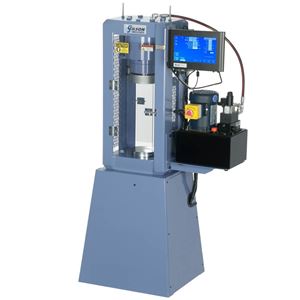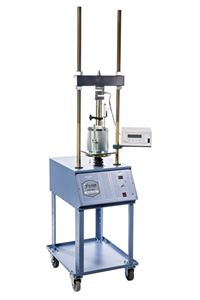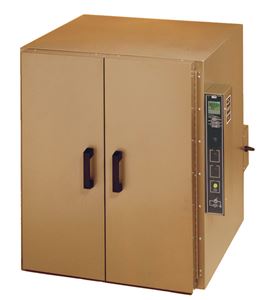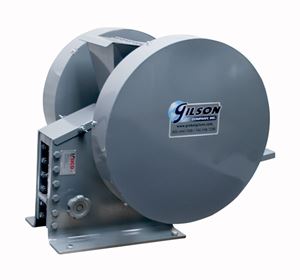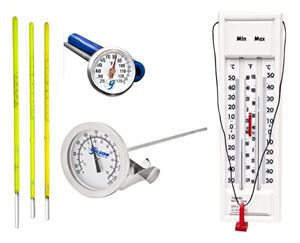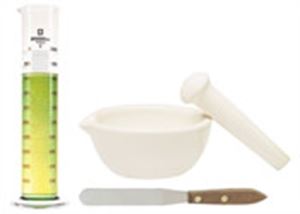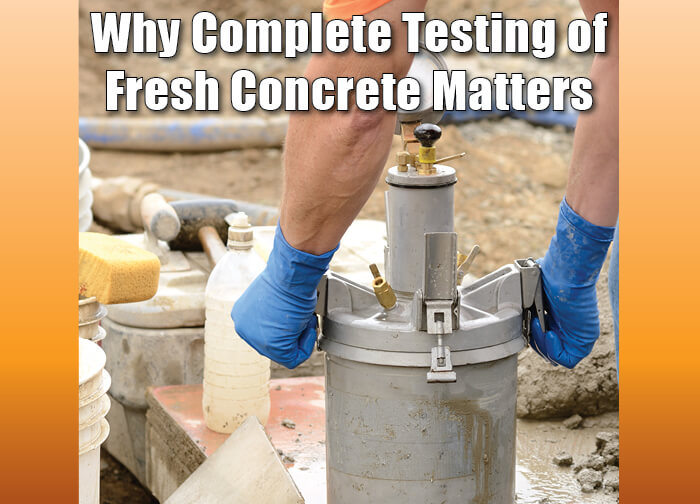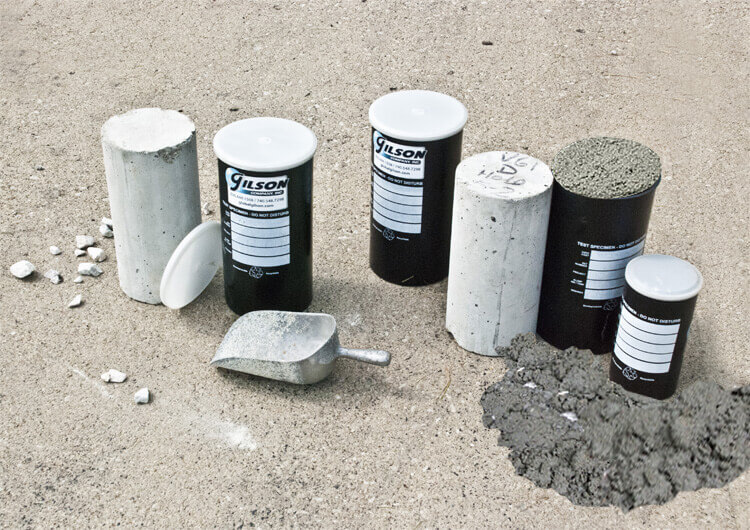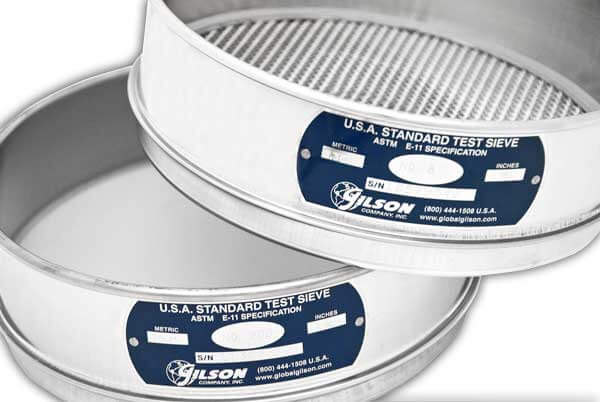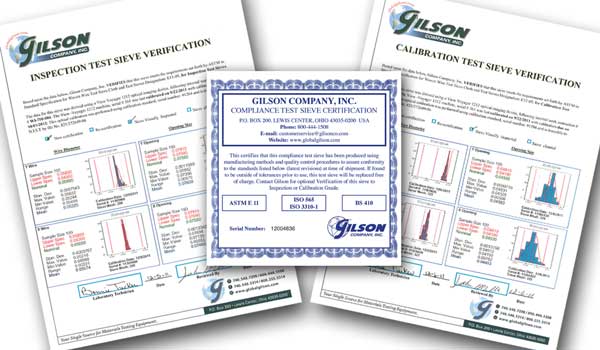It's important to run a complete set of tests, including air content and unit weight, on all fresh concrete batches, whatever the mix design. This is the best method to secure accurate and complete data that is very difficult to obtain later, and assures adherence to QC/QA requirements.
- Log in
- Favorites List
-
Shopping Cart
You have no items in your shopping cart.
Blog posts tagged with 'Resource Guide'
Have questions about your materials testing equipment? We have the answers to these questions and much more right here! Check back monthly for long-form blog posts, how-to guides and infographics. We’ll address industry insights, the operation and maintenance of specific equipment, and our product line recommendations, all designed to better serve you.
Bookmark this page, add it to your RSS reader, or subscribe to our newsletter, so you never miss a hot topic.
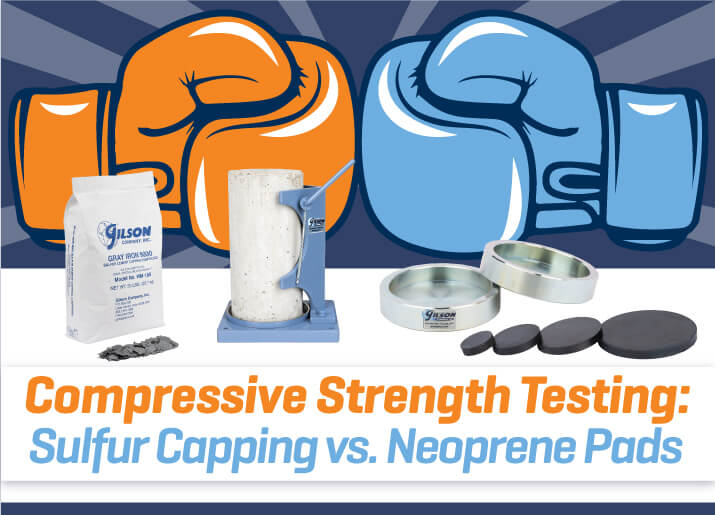
Comparing the differences between sulfur mortar capping and the use of neoprene pads with metal retainer rings will help you select the ideal procedure for your application.

Evaluating the differences between moisture rooms and curing tanks for concrete test specimen curing procedures will help you select the best option for your lab.
Comparing the pros and cons of solvent extraction vs. the furnace ignition method for asphalt content testing will help you select the best procedure for your application.
Unsure of when to replace your sieves? The best place to start is with an ongoing, in-house quality control program. Learn how to implement this type of program in five easy steps.
ASTM and ISO feature three levels of verification for measurement of sieve openings and wire diameters to maintain compliance with the set standards of the industry. Here we’ll cover Compliance, Inspection and Calibration Test Sieves so you can understand the differences and make the right selection to meet your needs.
- 2025
- 2024
- 2023
- 2022
- 2021
- 2020
- 2019
- 2018
- 2017
- 2016
- 2015

